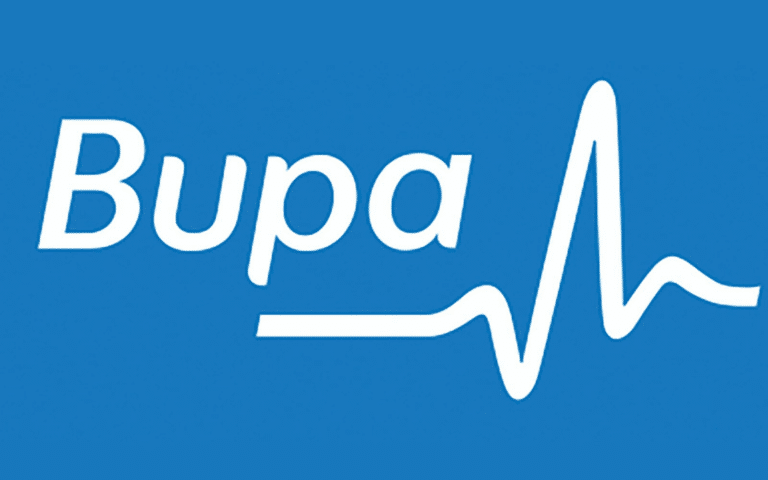At Rehab4Performance we offer a spectrum of services tailored to meet diverse fitness and wellness goals. Two popular yet distinct services we provide are personal training and strength and conditioning. While both aim to enhance physical fitness, they cater to different needs and outcomes. This blog delves into the core differences between personal training and strength and conditioning, helping you make an informed choice that aligns with your aspirations.

Understanding Personal Training
Personal training is a bespoke fitness service focusing on individual goals, be they weight loss, muscle gain, improved fitness, or overall health enhancement. A personal trainer provides one-on-one attention, crafting a customized workout plan based on your fitness level, preferences, and specific goals.
Key Features of Personal Training:
- Customisation: Each session is tailored to your unique needs and progress, ensuring a personalised approach.
- Flexibility: Workouts can be adapted to fit your schedule, preferences and any limitations you might have.
- Holistic Approach: Beyond just workouts, comprehensive support can be given on lifestyle changes, stress management and recovery techniques.
- Motivation and Accountability: Regular sessions help keep you motivated and accountable, which is crucial for long-term success.
The Science Behind Strength and Conditioning
Strength and conditioning, on the other hand, is a more structured approach aimed at enhancing athletic performance and reducing injury risk. This service is ideal for athletes and individuals seeking to improve specific aspects of physical performance such as strength, power, speed, and endurance.
Key Features of Strength and Conditioning:
- Performance-Oriented: The primary focus is on improving physical attributes that directly impact athletic performance.
- Periodisation: Training is divided into cycles that target different physiological adaptations, and include methods designed to ensure peak performance at the right time i.e. competition/event/match
- Evidence-Based Techniques: Strength and conditioning programs are rooted in scientific research and often include advanced training methodologies.
- Injury Prevention and Recovery: These programmes incorporate strategies to prevent injuries and facilitate recovery from physical exertion.

The Similarities Between PT and S&C
While personal training and strength and conditioning serve different primary purposes, they share several key similarities, especially in their approach to driving adaptations and utilising data to enhance performance.
Adaptation-Driven Training
Both personal training and strength and conditioning are fundamentally focused on adaptation. The core principle behind both is the body’s ability to adapt to physical stress. Whether the goal is general fitness or peak athletic performance, both types of training aim to progressively challenge the body, leading to physiological improvements such as increased strength, power, speed and endurance.
Data-Driven Approach
At Rehab4Performance we integrate cutting-edge data analysis into both personal training and strength and conditioning programmes. By leveraging state-of-the-art monitoring and assessment tools we can track progress with precision. Key metrics such as Force, Power and Velocity are utilised to fine-tune workouts and ensure optimal performance.
Achieving Personal Goals and Improved Performance
The combination of adaptation-driven training, rigorous data analysis, and state-of-the-art equipment significantly enhances the likelihood of achieving your personal fitness goals and improving performance. By continuously adapting your training plan based on real-time data, both personal training and strength and conditioning ensure that every session is as effective and efficient as possible. This scientific and personalised approach accelerates progress, reduces the risk of injury, and optimises overall performance.
Deciding Which Path to Take
Choosing between personal training and strength and conditioning depends largely on your goals, fitness level, and lifestyle.
Personal Training: Best For
-All Abilities: Whether you are a beginner or have years of experience within a gym setting, personal training provides tailored guidance to suit any fitness level and can help you achieve your goals.
-Aesthetic/Fitness/Health Goals: Ideal for those looking to lose weight and build muscle, increase their strength, or simply improve overall health and well-being.
-Flexible Scheduling: Perfect for individuals with busy or unpredictable schedules, sessions can be tailored to fit your availability.
Strength and Conditioning: Best For
-Athletes: Essential for athletes at any level seeking to enhance their performance in specific sports.
-Performance Goals: If you have specific performance targets, such as increasing your sprint speed or lifting capacity, strength and conditioning is the way to go.
-Structured Training: Those who thrive on a systematic, periodised approach to training will benefit from the structured nature of these programmes.
Conclusion
Whether you’re an athlete striving for peak performance or someone seeking to enhance your overall health, understanding the differences between personal training and strength and conditioning is crucial. Personal training offers a personalised, flexible approach ideal for those with aesthetic, fitness and lifestyle goals. In contrast, strength and conditioning provides a structured, performance-focused regimen perfect for athletes and those with specific performance aspirations.
At Rehab4Performance, we are committed to helping you achieve your health and fitness goals with the highest level of expertise and care. Contact us today to learn more about how our personal training and strength and conditioning services can transform your fitness journey. Your optimal health and peak performance are within reach—let’s embark on this journey together.













